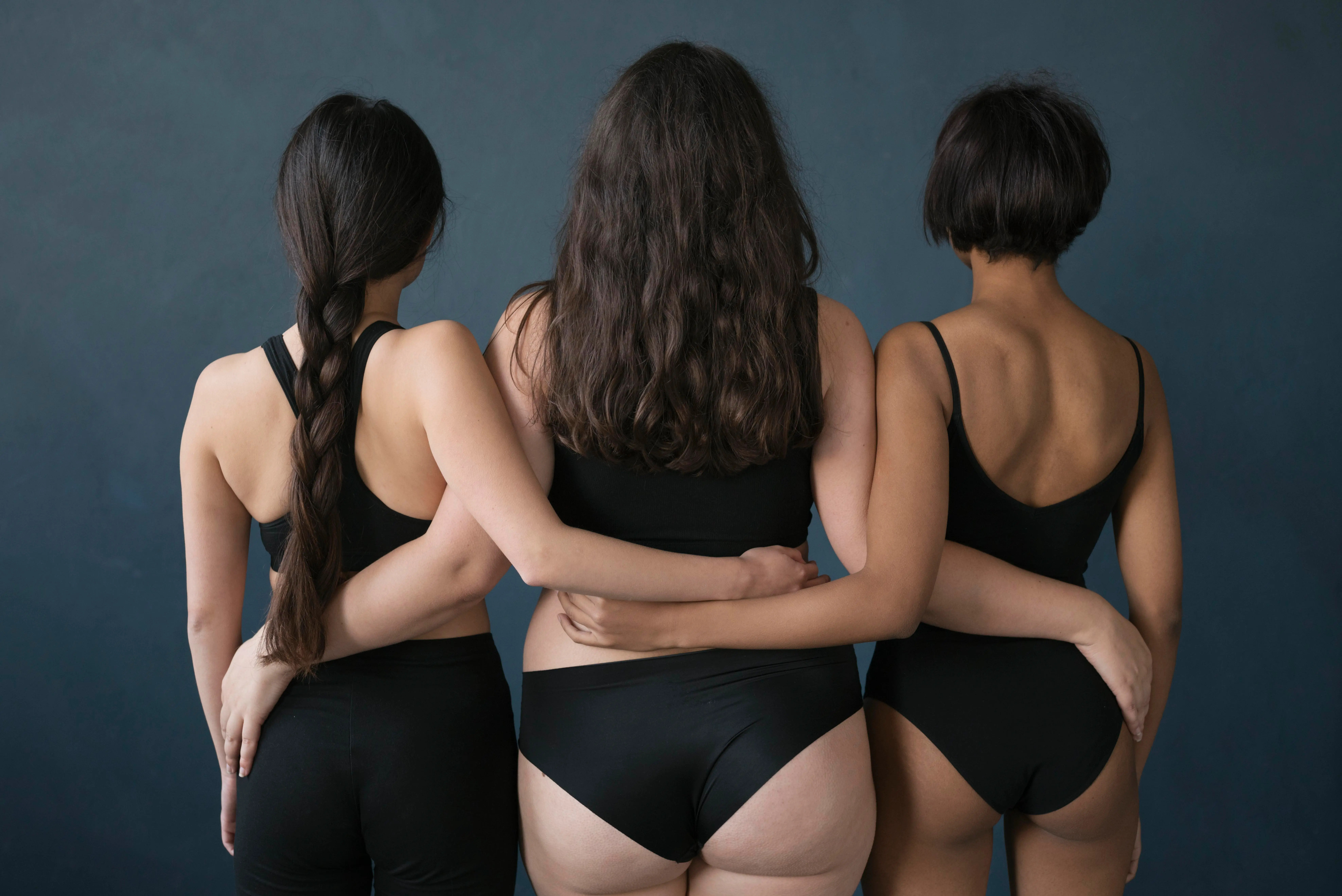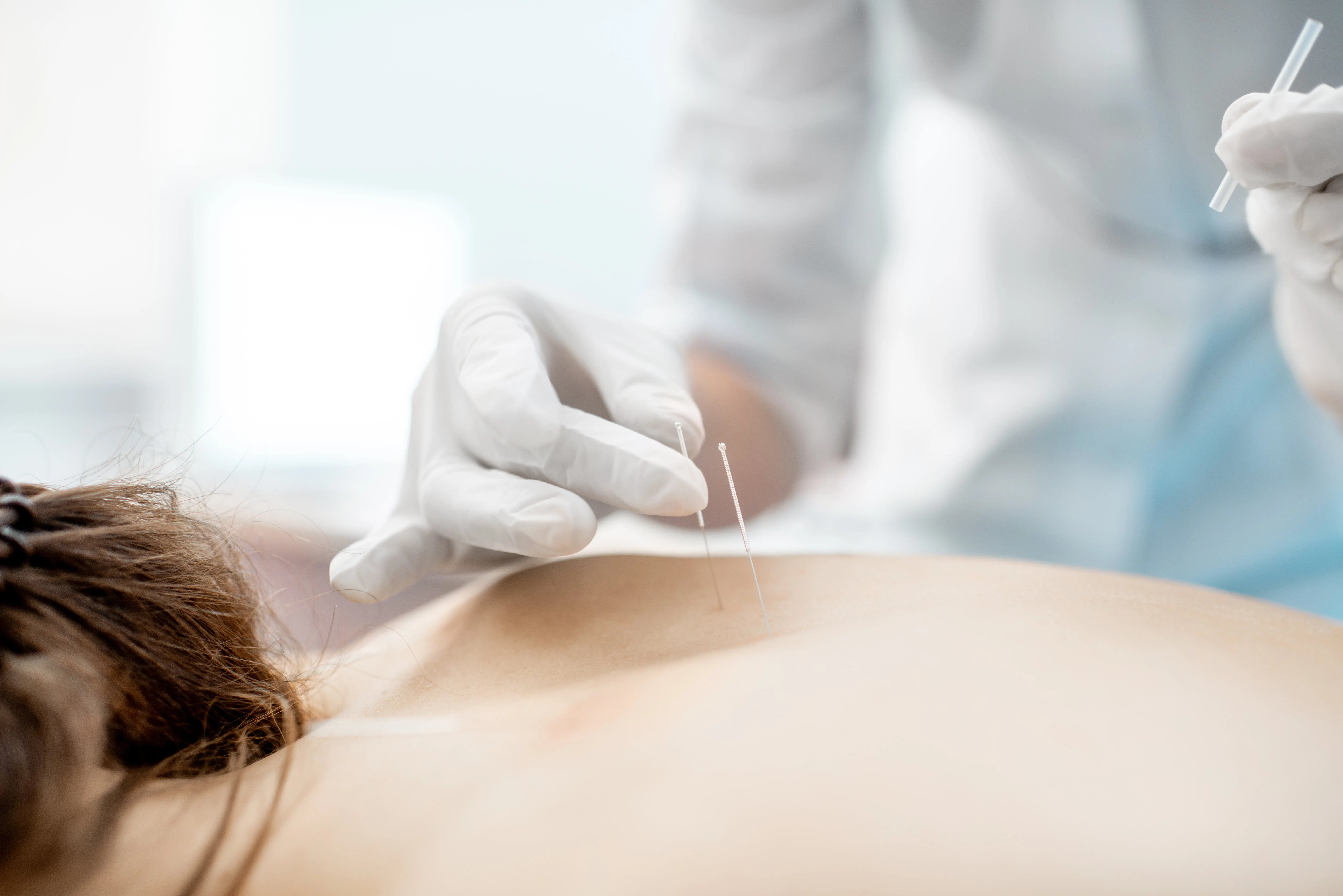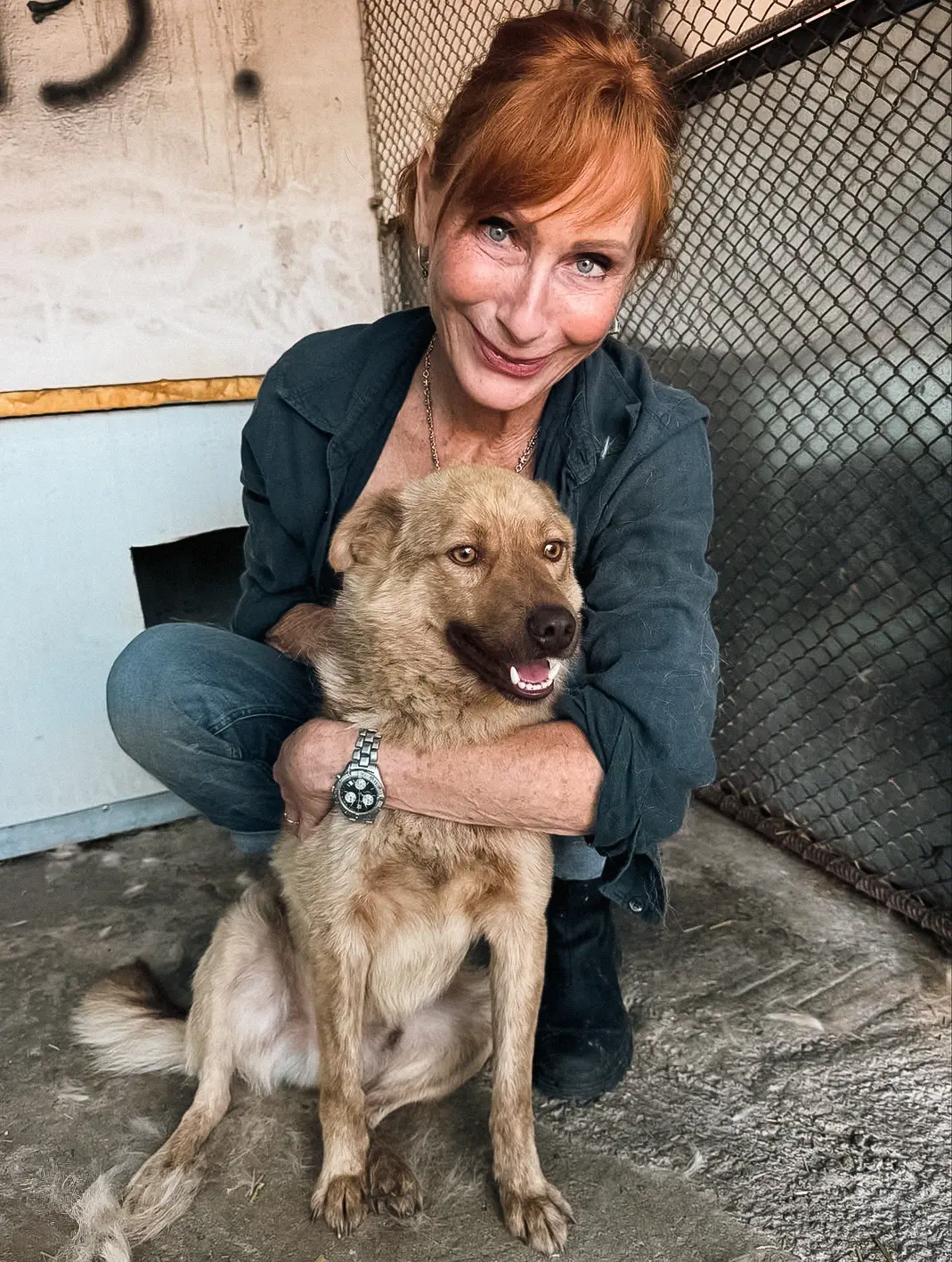Other Treatment Methods
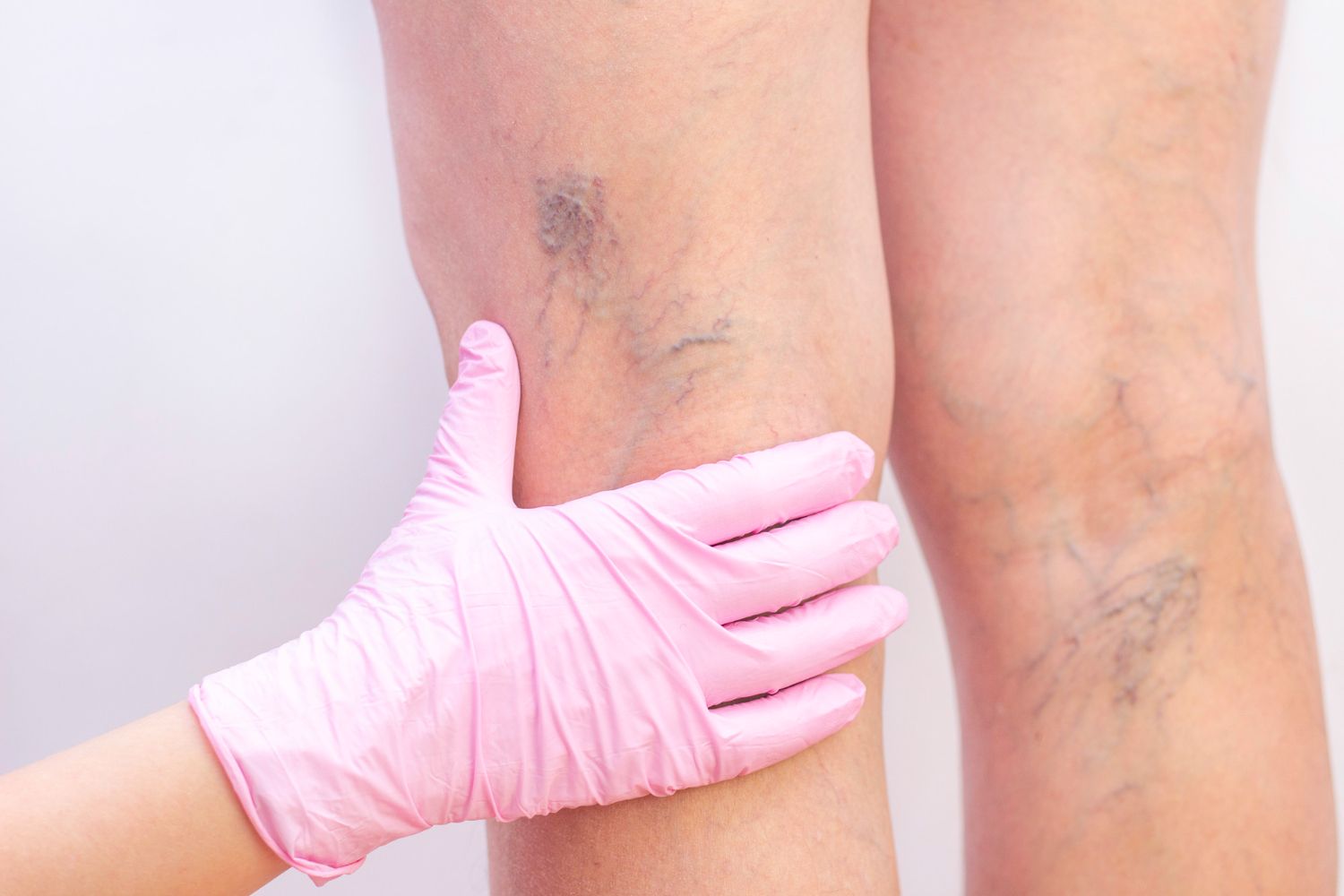
© Freepik
Venous diseases / Spider veins
Heavy legs or swollen ankles, spider veins or varicose veins – these visible changes in the leg veins are initially harmless, but if left untreated, they can lead to serious vein diseases.
Ziel:
For a meaningful diagnosis and individually suitable therapy, the dermatologist works together with specialists in the field of phlebology and angiology.
Treatment of venous diseases / spider veins
The classic treatment method for removing spider veins is sclerotherapy, the so-called sclerosis. In this phlebological procedure, the doctor injects a sclerosing agent into the vein or spider vein using a fine needle. In the slightly more modern foam sclerotherapy, the sclerosing agent is mixed with sterile air until a fine-bubble foam forms. This is injected into the diseased vein sections where it destroys the vessel's lining and triggers an artificial inflammation.
A small blood clot forms, causing the vein walls to stick together. Consequently, the vessel closes and the body independently breaks down the varicose veins or spider veins. For stronger spider veins or varicose veins, laser therapy with the Neodym YAG laser is suitable. In this therapy, the laser beam penetrates the tissue and acts directly in the vein, where it stops blood flow. The enlarged veins are transformed by connective tissue and then broken down by the body.
After the procedure
After a procedure using sclerosis or laser, patients should avoid sunbathing and sauna sessions for about two weeks. abstain. Additionally, wearing compression stockings is recommended to reduce pressure on the vessels and support healing.
Risks
Shortly after the treatments, redness of the skin or bruises in the tissue may occur, which, however, disappear on their own after a short period of time. To avoid hyperpigmentation, the treated skin areas should not be exposed to direct sunlight for about six months. Additionally, it is recommended to wear compression stockings for five days after the procedure and to abstain from sporting activities during this period.
Other Treatment Methods in this Department
Experts for this Treatment Method

- Aesthetic Surgery & Dermatology
Dr. med. Anna Brandenburg
Dermatologische Privatpraxis Dr. Anna Brandenburg
- Aesthetic Surgery & Dermatology
Dr. med. Anette Zimpfer-Keese
Dres. Zimpfer/Zimpfer-Keese MVZ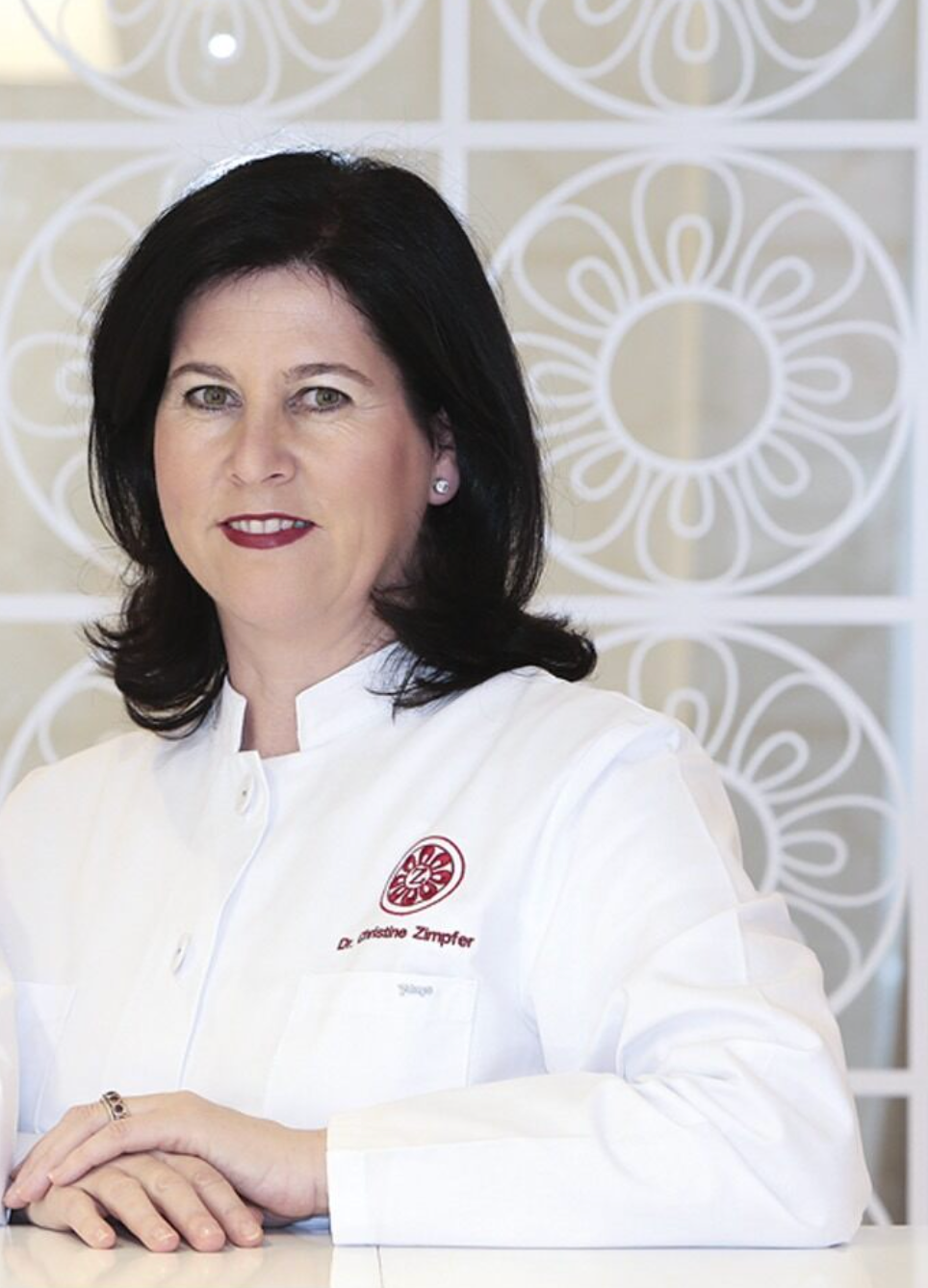
- Aesthetic Surgery & Dermatology
Dr. med. Christine Zimpfer
Dres. Zimpfer/Zimpfer-Keese MVZ
- Aesthetic Surgery & Dermatology
Dr. med. Elisabeth Zott-Schuhmachers
Meine Haut München
- Aesthetic Surgery & Dermatology
Dr. med. Susanne Steinkraus
Dr. med. Susanne Steinkraus, DERMATOLOGY AND AESTHETICS, Dr. med. Susanne Steinkraus & Kollegen
- Aesthetic Surgery & Dermatology
Dr. med. Michaela Montanari
Plastische und Ästhetische ChirurgieAll Experts in this Department
Show All
- Aesthetic Surgery & Dermatology
Dr. med. Anna Brandenburg
Dermatologische Privatpraxis Dr. Anna Brandenburg
- Aesthetic Surgery & Dermatology
Prof. Dr. med. Johannes a. Veit
Nasenchirurgie München
- Aesthetic Surgery & Dermatology
Dr. med. Hanna M. D. Halter
Derma Marienplatz
- Aesthetic Surgery & Dermatology
Dr. med. Anette Zimpfer-Keese
Dres. Zimpfer/Zimpfer-Keese MVZ
- Aesthetic Surgery & Dermatology
Dr. med. Daniel Thome
aesthetic and soul
- Aesthetic Surgery & Dermatology

